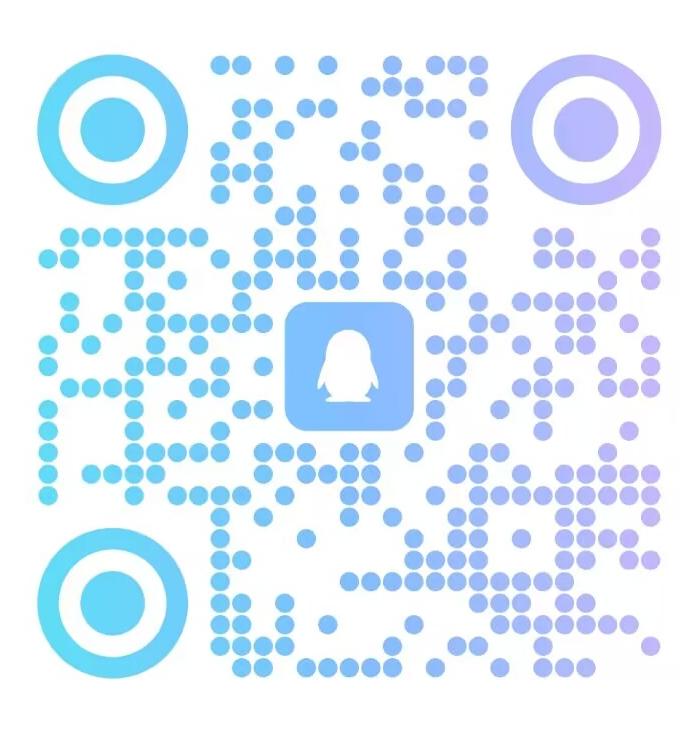QQ扫一扫联系

Passage Two
Questions 51 to SS are based on the following passage.
The car has reshaped our cities. It seems to offer autonomy for everyone. There is something almost
delightful in the detachment from reality of advertisements showing mass-produced cars marketed as
symbols of individuality and of freedom when most of their lives will be spent making short journeys on
choked roads.
For all the fuss made about top speeds, cornering ability and acceleration, the most useful gadgets on
a modern car are those which work when you're going very slowly: parking sensors, sound systems, and
navigation apps which will show a way around upcoming traffic jams. This seems to be one of the few
areas where the benefit of sharing personal information comes straight back to the sharer: because these
apps know where almost all the users are, and how fast they are moving almost all the time, they can spot
traffic congestion very quickly and suggest ways round it.
The problem comes when everyone is using a navigation app which tells them to avoid everyone else
using the same gadget. Traffic jams often appear where no one has enough information to avoid them.
When a lucky few have access to the knowledge, they will benefit greatly. But when everyone has perfect
information, traffic jams simply spread onto the side roads that seem to offer a way round them.
This new congestion teaches us two things. The first is that the promises of technology will never be
realised as fully as we hope; they will be limited by their unforeseen and unintended consequ,ences. Sitting
in a more comfortable car in a different traffic jam is pleasant but hardly the liberation that once seemed
to be promised. The second is that self-organisation will not get us where we want to go. The efforts of
millions of drivers to get ahead do not miraculously produce a situation in which everyone does better than
before, but one in which almost everyone does rather worse. Central control and collective organisation
can produce smoother and fairer outcomes, though even that much is never guaranteed.
Similar limits can be foreseen for the much greater advances promised by self-driving cars. Last
week, one operated by the taxi company Uber struck and killed a woman pushing her bicycle across a wide
road in Arizona. This was the first recorded death involving a car which was supposed to be fully
autonomous. Experts have said that it suggests a "catastrophic failure" of technology.
Increasingly, even Silicon Valley has to acknowledge the costs of the intoxicating hurry
that characterises its culture. What traffic teaches us is that reckless and uncontrolled change is as likely to
harm us as it is to benefit us, and that thoughtful regulation is necessary for a better future.
51. What does the author say about car advertisements?
A) They portray drivers who enjoy speed on the road.
B) They present a false picture of the autonomy cars provide.
C) They pursue individuality and originality in design concept.
D) They overestimate the potential market of autonomous cars.
52. What does the author imply about the various gadgets on cars?
A) They can help to alleviate traffic jams.
B) Most of them are as effective as advertised.
C).Only some can be put to use under current traffic conditions.
D) They are constantly upgraded to make driving easier and safer.
53. What does the author say about the use of navigation apps?
A) It is likely to create traffic jamsin other places.
B) It helps a great deal in eas,ing traffic coμgestion.
C) It sharply reduces the incidence of traffic accidents.
D), It benefits those who are learning to drive.
54. What does the author say about technology?
A) Its consequences are usually difficult to assess.
B) It seldom delivers all the benefits as promised.
C) It depends on the required knowledge for application.
D) Its benefits are guaranteed by collective wisdom.
55. What key message does the author try to convey in the passage?
A) The consequences of technological innovation need not be exaggerated.
B) There is always a price to pay to develop techn'ology for a better world.
C) Technological innovation should be properly regulated.
D) The culture of Silicon Valley ought not to be emulated.